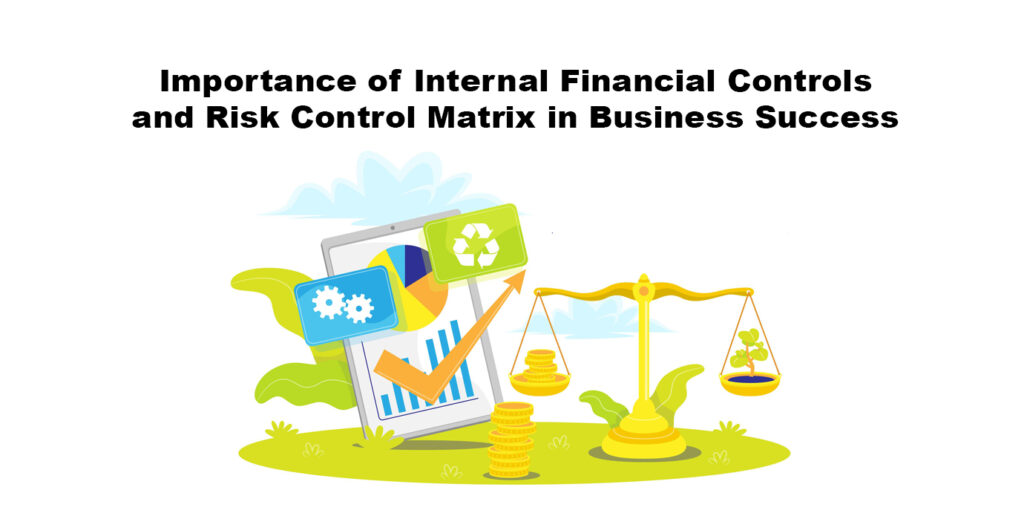In the modern business landscape, robust Internal Financial Controls (IFCs) are crucial for maintaining accurate and reliable financial reports. IFC and creating a Risk Control Matrix (RCM) are key to achieving this. Let’s explore what IFC and RCM are and why they are essential. Additionally, we’ll provide a straightforward guide on how to prepare and implement these controls effectively.
Internal Financial Control (IFC)
Internal Financial Control (IFC) refers to the mechanisms, policies, and procedures implemented by an organization to ensure the reliability and accuracy of its financial reporting, safeguard its assets, and promote operational efficiency. IFC encompasses a wide range of activities, from authorization and approval processes to segregation of duties and information security.
Importance of IFC
- Accuracy of Financial Reporting: Ensures that financial statements are accurate and free from material misstatements.
- Compliance: Helps in complying with regulatory requirements, including corporate governance standards and financial regulations.
- Fraud Prevention: Mitigates the risk of fraud by implementing robust checks and balances.
- Operational Efficiency: Enhances operational efficiency by streamlining processes and reducing errors.
Risk Control Matrix (RCM)
A Risk Control Matrix (RCM) is a tool used to identify, assess, and manage risks within an organization. It maps out the potential risks associated with various processes and outlines the controls in place to mitigate these risks.
Key Components of an RCM
- Risk Identification: Listing potential risks that could impact the organization’s financial reporting or operations.
- Risk Assessment: Evaluating the likelihood and impact of each identified risk.
- Control Activities: Identifying existing controls that mitigate the identified risks.
- Control Assessment: Evaluating the effectiveness of these controls.
- Action Plans: Developing action plans to address any control deficiencies or gaps.
Steps to Prepare a Risk Control Matrix
1. Identify Processes and Sub-Processes
- Begin by listing all major processes within the organization (e.g., procurement, sales, payroll).
- Break down these processes into sub-processes to ensure comprehensive coverage.
2. Identify Risks
- For each process and sub-process, identify potential risks that could affect the accuracy and reliability of financial reporting.
- Consider both internal and external factors that could pose a risk.
3. Assess Risks
- Evaluate each identified risk based on its likelihood (frequency of occurrence) and impact (potential financial loss or operational disruption).
- Use a risk assessment matrix to categorize risks as low, medium, or high.
4. Identify Existing Controls
- For each identified risk, list the existing controls in place to mitigate it.
- Controls can include policies, procedures, authorizations, reconciliations, and segregation of duties.
5. Evaluate Control Effectiveness
- Assess the effectiveness of each control in mitigating the identified risks.
- Determine if the control is adequately designed and operating effectively.
6. Develop Action Plans
- For any gaps or weaknesses identified in the controls, develop action plans to strengthen them.
- Assign responsibility for implementing these action plans and set timelines for completion.
7. Document and Review
- Document all findings and assessments in the Risk Control Matrix.
- Regularly review and update the RCM to reflect changes in processes, risks, or controls.
Establishing robust Internal Financial Controls and crafting a thorough Risk Control Matrix are foundational measures in safeguarding an organization’s financial health and operational effectiveness. Regularly reviewing and updating the RCM ensures its continued relevance and efficacy amid the dynamic landscape of modern business environments.
